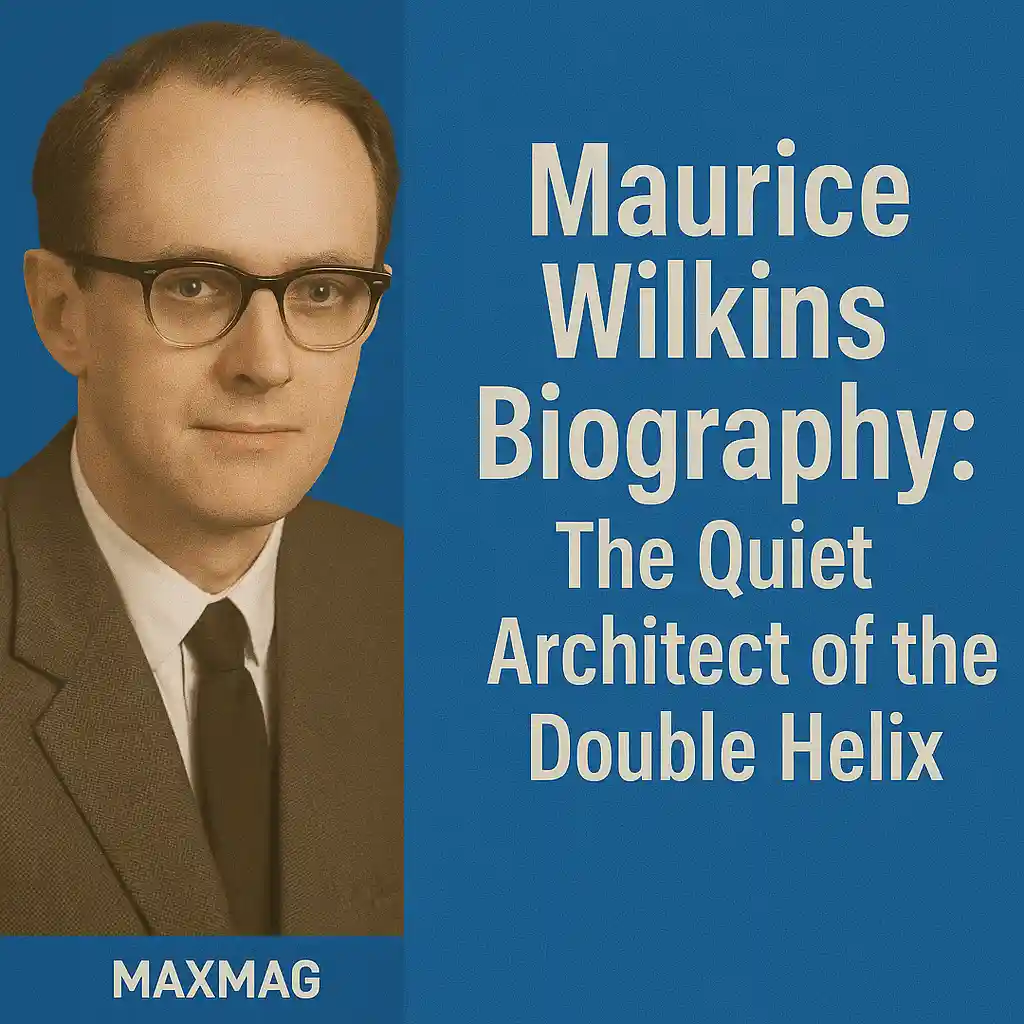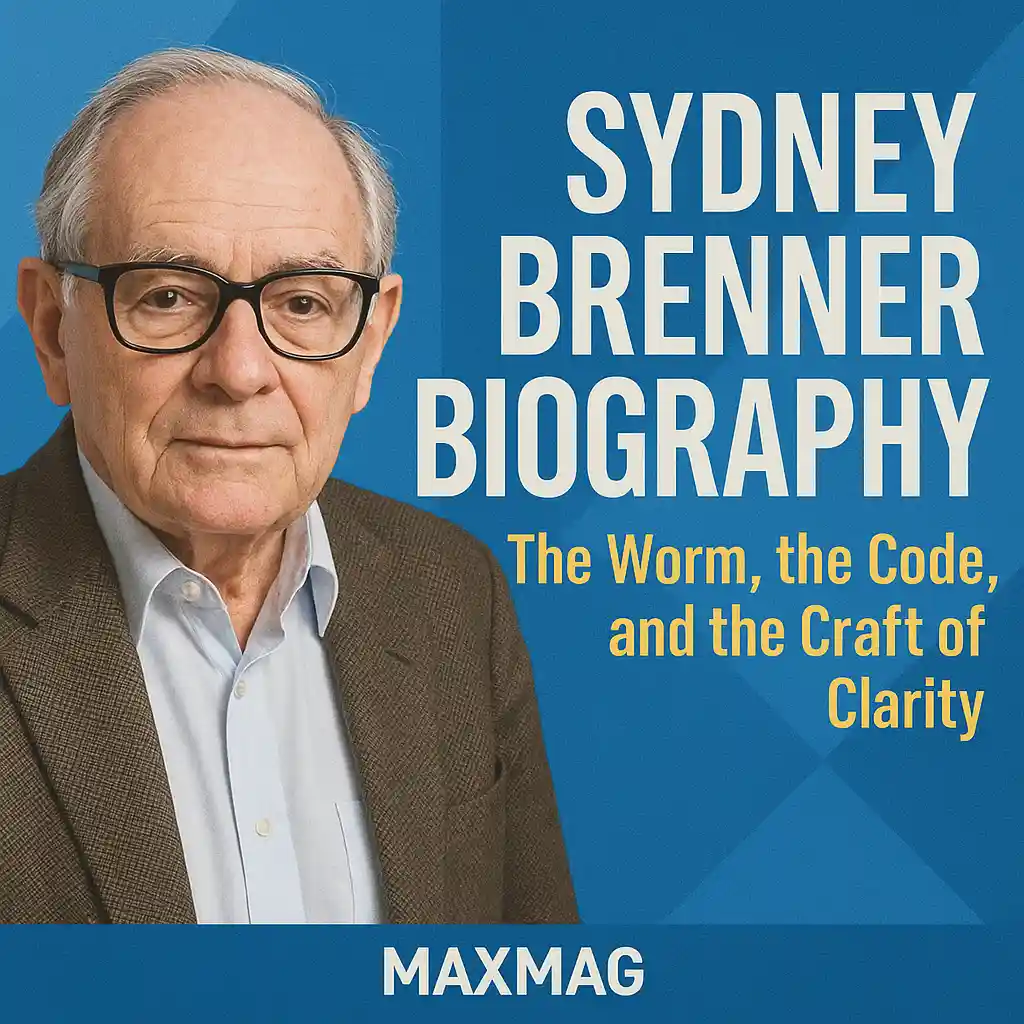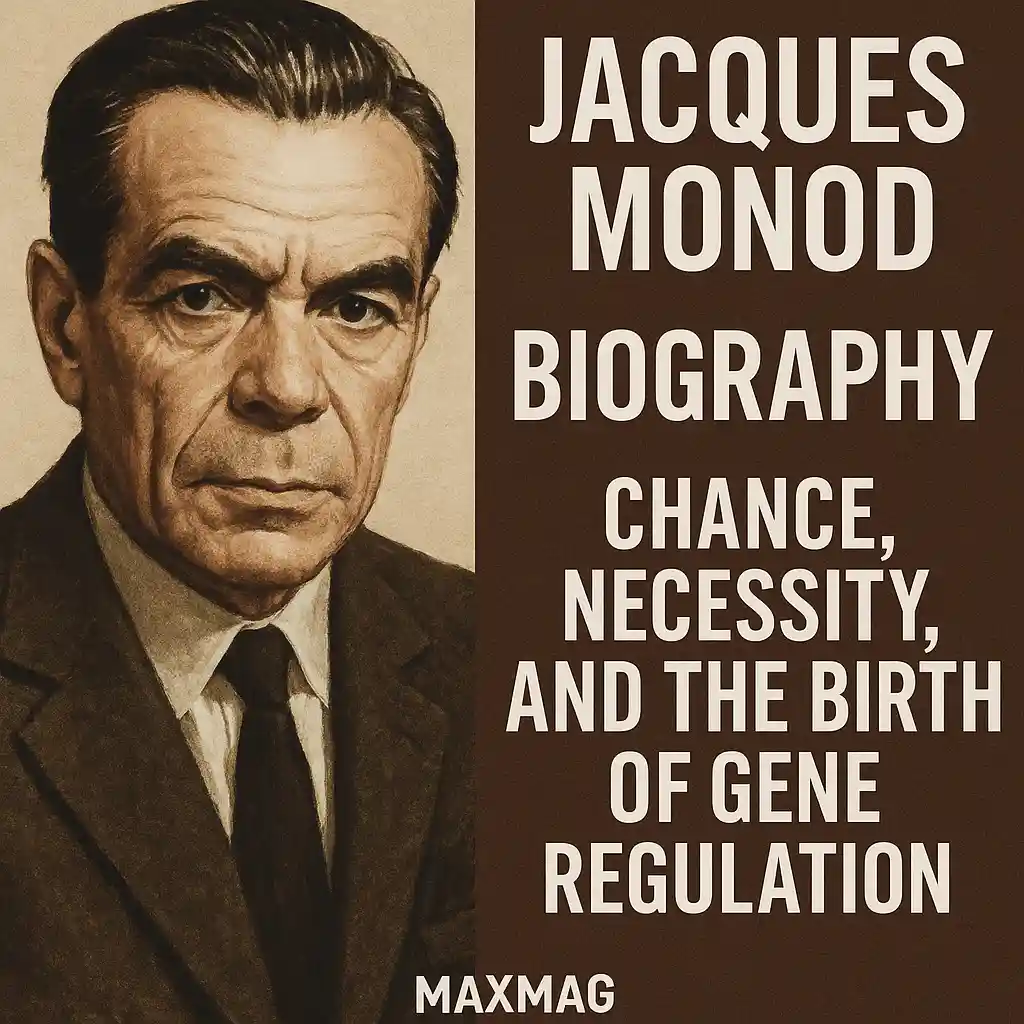
From Swedish beauty queen to international screen icon, Anita Ekberg captivated generations with her stunning presence and enigmatic aura. Known primarily for her unforgettable role in La Dolce Vita, her story stretches far beyond a single moment in cinema. This is a tribute to the woman who became the face of post-war European glamour — a timeless beauty who shaped what we now recognize as classic European film stars.
The Early Years of a Nordic Starlet
Born on September 29, 1931, in Malmö, Sweden, Anita Marianne Ekberg was one of eight siblings. Her early life bore little resemblance to the limelight she would later command. Yet, everything changed in 1950 when she won the Miss Sweden pageant. That victory sent her across the Atlantic to compete in the Miss Universe contest — a move that marked the beginning of her transformation from Nordic girl-next-door to an international sensation.
Despite speaking little English at the time, her striking looks and confident presence landed her modeling gigs in the U.S., quickly followed by minor roles in Hollywood films. Her bold charisma made it clear: Anita Ekberg was born to be on screen.
Breaking Through Hollywood’s Golden Gates
Hollywood in the 1950s was an elite club, especially for foreign actresses. But Ekberg’s statuesque figure, sultry eyes, and unapologetic personality set her apart from the polished American stars of the era. She quickly caught the attention of major studios and starred alongside legends like John Wayne and Frank Sinatra.
Her big break came in 1956, when she won a Golden Globe Award for Most Promising Newcomer, thanks to her performance in Blood Alley. Her role may not have been groundbreaking, but it solidified her reputation as one of the most captivating classic European film stars emerging in Hollywood.
The Trevi Fountain Scene That Shaped an Era
Anita Ekberg’s legacy was forever sealed in 1960 when she played Sylvia in Federico Fellini’s La Dolce Vita. The scene where she glides barefoot into the Trevi Fountain, wearing a black gown and calling for Marcello, became a cinematic landmark.
That moment didn’t just define the film — it defined a decade. Ekberg became the embodiment of a liberated, sensual woman, unafraid to exist in her full glory. Film historians often cite this role as a turning point in post-war cinema, where beauty and rebellion intertwined. For many, she remains the ultimate icon among classic European film stars of the 20th century.
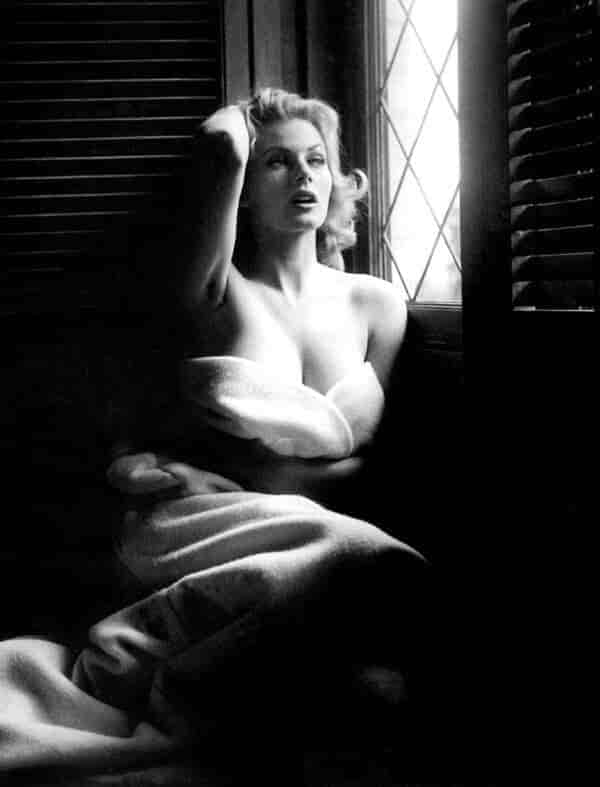
A Career That Blended Beauty with Complexity
After La Dolce Vita, Ekberg’s career shifted mostly to European cinema, particularly in Italy. She collaborated with Fellini again in the 1970s and even reprised her role in Intervista (1987), where she reflected on her younger self with melancholy and humor.
Despite her popularity, she struggled with typecasting. Many directors cast her as the glamorous blonde — an image she tried to escape. “People only see the fountain,” she once said, referring to the Trevi scene. But beneath the surface, Ekberg was a skilled actress with a flair for both comedy and drama, a fact often overlooked.
To learn more about post-war Italian cinema and how figures like Ekberg reshaped the industry, check out the archives of the British Film Institute.
Private Life Behind the Curtain
Off-screen, Ekberg’s life was equally dramatic. She was married twice — first to British actor Anthony Steel and later to Rik Van Nutter. Though both marriages ended in divorce, Ekberg remained a fiercely independent woman. Her romantic links with powerful men such as Gianni Agnelli and Frank Sinatra kept her name in gossip columns, but she never let those stories define her.
She also had a deep love for animals, particularly Great Danes, which she kept throughout her life. One of her most unfortunate moments came when a fall caused by one of her dogs left her with a serious injury. Yet even in later years, when health problems and financial hardship struck, she refused to ask for pity.
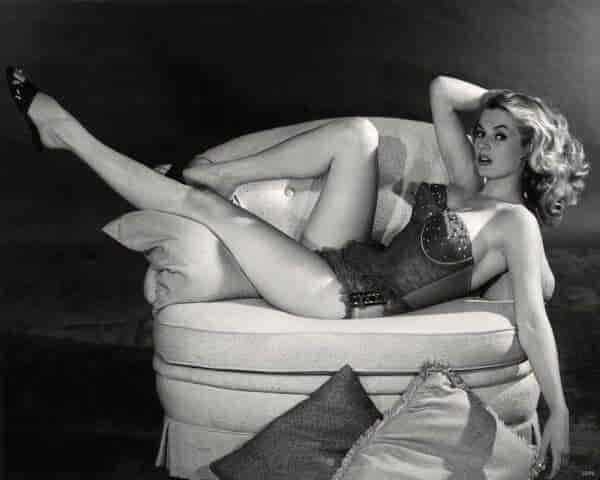
A Legacy That Outlived the Limelight
Anita Ekberg passed away on January 11, 2015, in Rocca di Papa, Italy. She was 83 years old. Her final years were quiet, and at times, lonely — a stark contrast to her once bright and glamorous life. But her image, particularly that of a woman wading through a fountain under the Roman moonlight, remains etched in cinematic memory.
She wasn’t just another pretty face from the golden era. Ekberg brought a raw, unfiltered sensuality to the screen, which challenged both American and European norms of femininity. Her legacy continues to influence new generations of classic European film stars — those who look to the past to craft their own future in cinema.
The Relevance of Anita Ekberg Today
In today’s era of streaming and digital media, where celebrities rise and fall in viral cycles, Anita Ekberg’s story is a reminder of a different kind of stardom — one built on mystique, individuality, and presence. Her career may have had its ups and downs, but her impact on film, fashion, and femininity remains profound.
For film lovers exploring the history of iconic actresses, Anita Ekberg is more than a footnote — she is a symbol of enduring charisma. Aspiring actors and cinephiles looking to understand what made the classic European film stars so magnetic should begin with Ekberg.
For further reading on her influence and image in European cinema, visit the European Audiovisual Observatory’s official site.
Frequently Asked Questions (FAQ)
Q: What film made Anita Ekberg famous?
A: Her role as Sylvia in Federico Fellini’s La Dolce Vita (1960) catapulted her to international fame.
Q: Did Anita Ekberg work primarily in Hollywood or Europe?
A: While she started in Hollywood, most of her prominent work was in European cinema, particularly Italy.
Q: Was Anita Ekberg married?
A: Yes, she was married twice, first to Anthony Steel and then to Rik Van Nutter.
Q: How did she influence future generations of actresses?
A: Ekberg redefined femininity in cinema, inspiring a new wave of classic European film stars with her bold, sensual screen presence.
Q: Where can I watch La Dolce Vita?
A: La Dolce Vita is available through streaming services such as Criterion Channel and physical media via the Criterion Collection.

